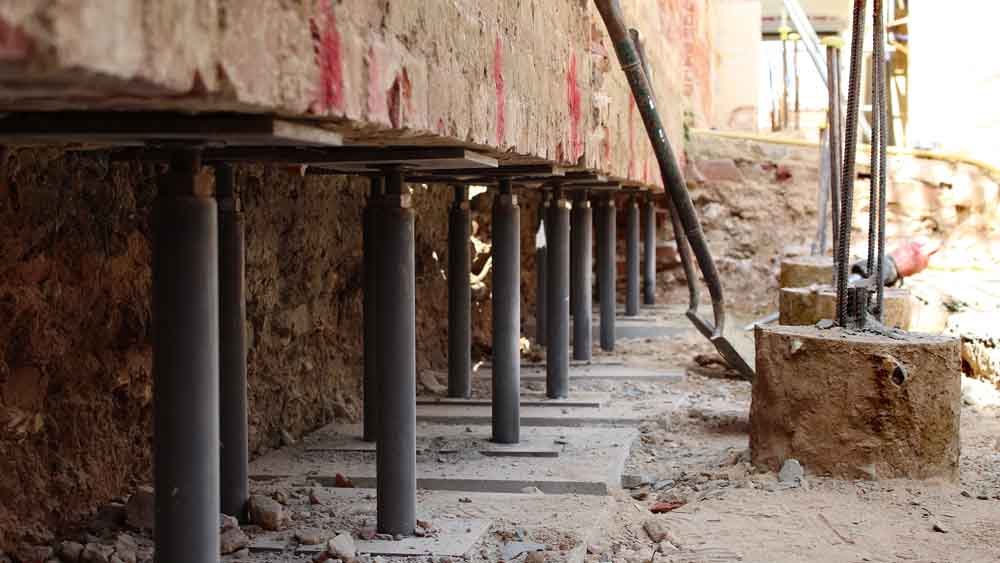Basement underpinning is a significant construction technique that can transform your basement from a low-ceilinged, dark space into a functional and inviting area. Whether you’re looking to increase living space, boost property value, or address structural issues, basement underpinning can be a game-changer. In this ultimate guide, we’ll cover everything you need to know about basement underpinning, from its purpose and benefits to the process and potential challenges.
What Is Basement Underpinning?
Basement underpinning is a structural modification process that involves strengthening and deepening the foundation of an existing building. This technique is primarily used to increase the height of a basement or stabilize a compromised foundation. It is a complex and detailed construction process that requires careful planning and execution.
Why Underpin Your Basement?
Increased Living Space: One of the primary reasons for basement underpinning is to create additional living space. By deepening the foundation and increasing the ceiling height, you can transform your basement into a comfortable and spacious area for various uses, such as a family room, home office, or even an extra bedroom.
Improved Property Value: A finished basement with ample headroom can significantly boost the value of your property. It’s an attractive feature for potential buyers and can give you a competitive edge in the real estate market.
Structural Stability: If your foundation has suffered from settlement, cracking, or other structural issues, underpinning can stabilize and strengthen it, preventing further damage and ensuring the long-term integrity of your home.
Waterproofing and Dampness Control: Basement underpinning often involves addressing waterproofing issues. This can help keep your basement dry, reducing the risk of mold, mildew, and water damage.
The Basement Underpinning Process:
Assessment and Planning: The process begins with a thorough assessment of your basement’s current condition and your goals for the project. A structural engineer will determine the necessary depth for the underpinning and create a detailed plan.
Excavation: The next step involves excavating sections of the basement floor in a carefully planned sequence. This allows access to the foundation walls for the underpinning work.
Underpinning: Underpinning typically involves pouring new concrete footings and foundation walls below the existing ones. This provides additional depth and stability to the foundation. Steel supports may also be used to reinforce the structure during this phase.
Waterproofing and Drainage: As part of the underpinning process, waterproofing measures are often implemented to prevent moisture infiltration. This includes the installation of drainage systems and the application of waterproof coatings.
Finishing and Refinishing: Once the underpinning work is complete, the basement can be finished according to your design preferences. This may include framing, insulation, drywall, flooring, and lighting.
Challenges and Considerations:
While basement underpinning offers numerous benefits, it’s essential to consider potential challenges and factors that may impact your project:
Cost: Basement underpinning can be a significant financial investment. It’s crucial to obtain accurate cost estimates and budget accordingly.
Permits and Regulations: Check with local authorities for necessary permits and compliance with building codes and regulations.
Temporary Relocation: Depending on the extent of the underpinning work, you may need to temporarily relocate from your home during construction.
Choosing the Right Contractor: Select an experienced and reputable contractor who specializes in basement underpinning. They should have a solid track record and be able to provide references.
In conclusion, basement underpinning is a transformative construction technique that can add value, space, and stability to your home. However, it’s essential to approach the process with careful planning, realistic expectations, and the guidance of experienced professionals. When executed correctly, basement underpinning can turn your basement into a valuable and functional extension of your living space.




